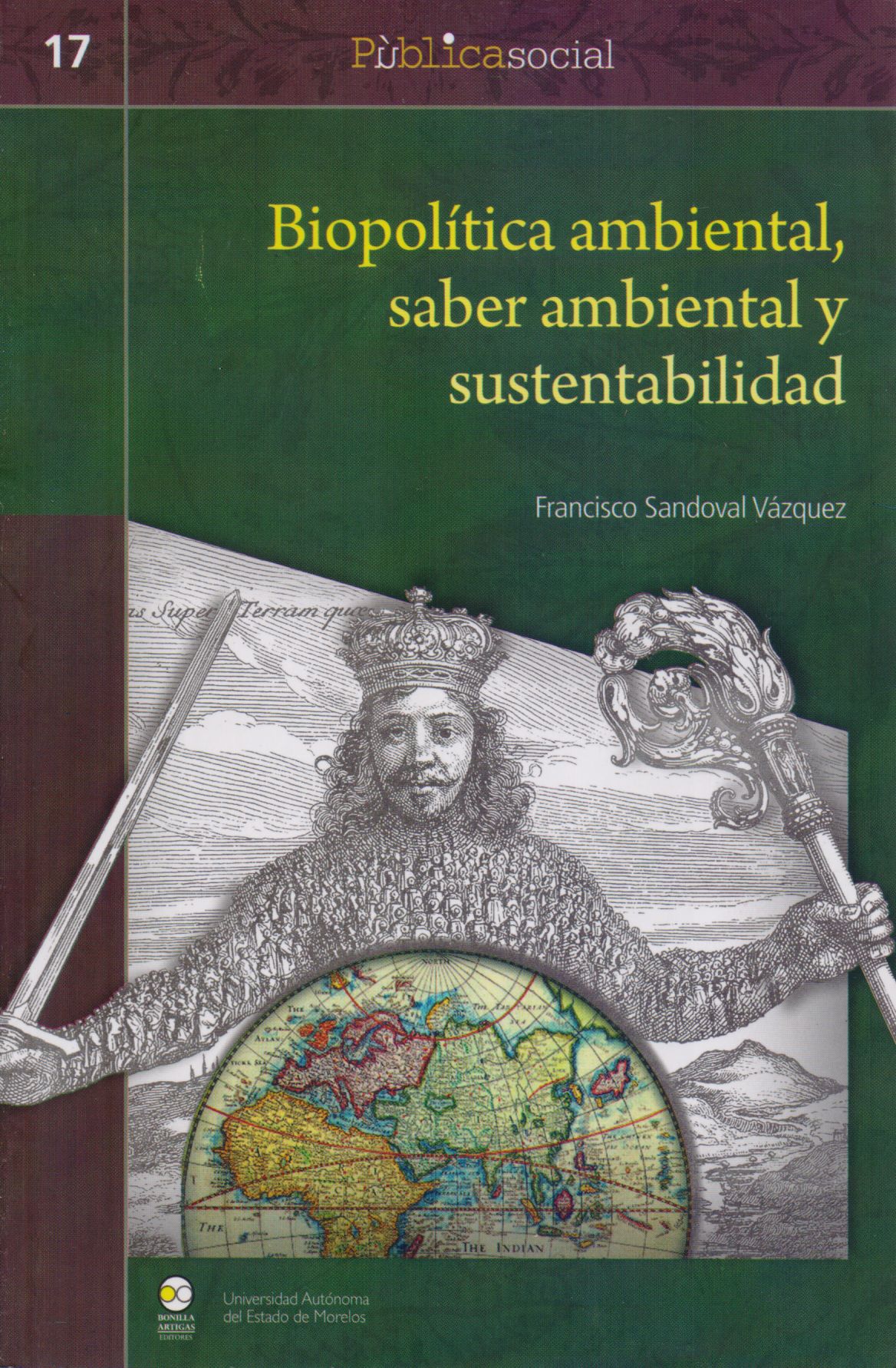Libros relacionados
 |
Lenguas en Diálogo: el Iberorromance y Su Diversidad Lingúística y Literaria Döhla, Hans-Jörg / Montero Muñoz, Raquel / Báez de Aguilar G Iberoamericana Vervuert |
 |
Camara y el Calamo. Ansiedades Cinematograficas en la Narrativa Hispanica de Van Nanclares, Gustavo Iberoamericana Vervuert |


|
Título: Structuring An Energy Technology Revolution | |
| Autor: Weiss Charles, Bonvillian William | Precio: $336.00 | |
| Editorial: The Mit Press | Año: 2009 | |
| Tema: Medio Ambiente, Analisis, Estudio | Edición: 1ª | |
| Sinopsis | ISBN: 9780262012942 | |
| America is addicted to fossil fuels, and the environmental and geopolitical costs are mounting. A federal program_on the scale of the Manhattan Project or the Apollo Program_to stimulate innovation in energy policy seems essential. In Structuring an Energy Technology Revolution, Charles Weiss and William Bonvillian make the case for just such a program. Their proposal backs measures to stimulate private investment in new technology, including a cap-and-trade system or carbon tax, but augments these with a revamped energy innovation system. It would encourage a broad range of innovations that would give policymakers a variety of technological options over the long implementation period and at the huge scale required. Using new organizational features, the program would go beyond traditional research and development efforts to promote prototyping, demonstration, and deployment of technological innovations faster than could be accomplished by market forces alone.
Weiss and Bonvillian propose a new integrated policy framework for advancing energy technology and outline a four-step approach for encouraging energy innovations: assessment of how new technology will be launched, focusing on obstacles that may be encountered in the marketplace; development of technology-neutral policies and incentives, putting new technology pathways into practice to bridge the traditional "valley of death" between research and late-stage development; identification of gaps in the existing system of institutional support for energy innovation; and the establishment of private and public interventions to fill these gaps. This approach aims for a level playing field so that technologies can compete with one another on their merits. Strong leadership and public support will be needed to resist the pressure of entrenched interests against putting new technology pathways into practice. This book will help start the process. |
||
Librería Bonilla SA de CV © Todos los derechos reservados. 2019
Última actualización: Jul 2019






